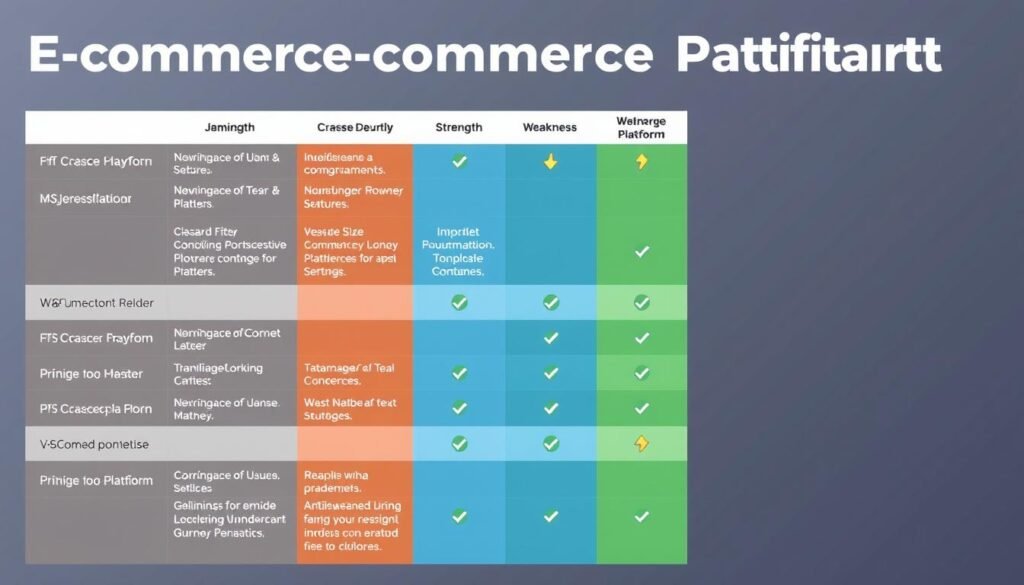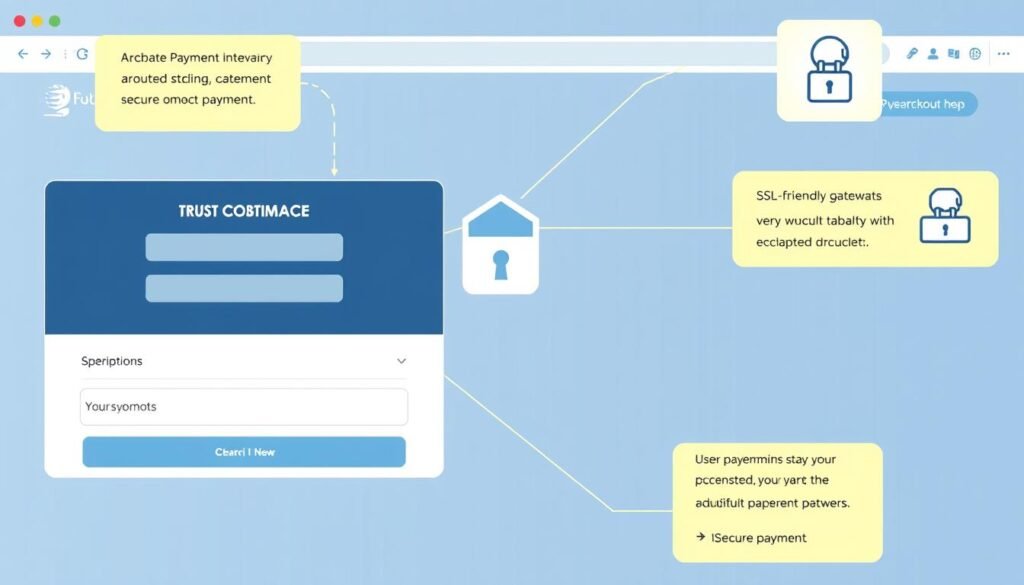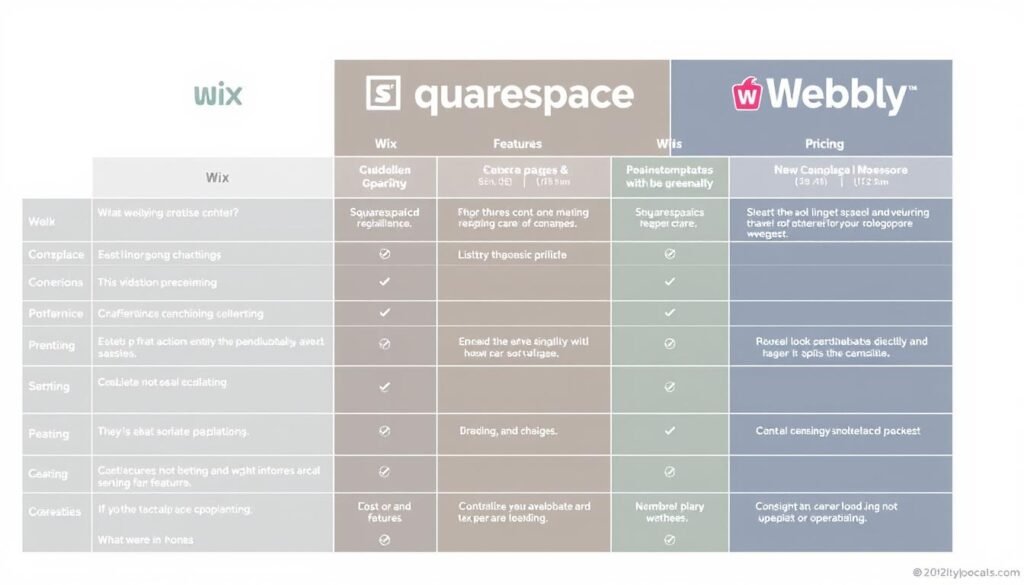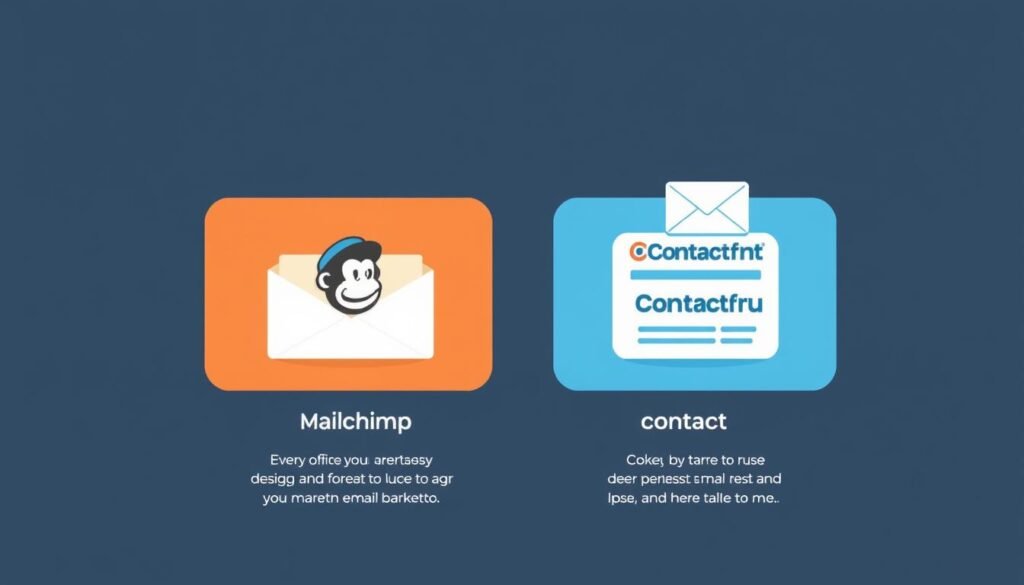Physical Address
304 North Cardinal St.
Dorchester Center, MA 02124
Physical Address
304 North Cardinal St.
Dorchester Center, MA 02124

Learn How to Start an Online Business with my 7-step guide for beginners. Discover the essential steps to launch a successful online venture.
Starting an online business is a transformative experience that can bring both challenges and amazing opportunities. Every successful business began with an idea, and with the right guidance, you can turn your concept into a thriving online venture.
In 2025, it’s an excellent time for beginners to enter the digital marketplace. The barriers to entry are lower than ever, and the flexibility, scalability, and global reach of online businesses make them particularly attractive for first-time entrepreneurs. This guide will walk you through the 7 essential steps to launch your online business, from idea generation to success.
The digital entrepreneurship landscape is thriving in 2025, driven by technological advancements and shifts in consumer behavior. As we navigate this landscape, it’s essential to understand the factors contributing to its growth.

Online businesses continue to thrive in 2025 due to several key factors. The pandemic has permanently altered shopping habits, accelerating digital transformation across industries. Technological accessibility and global connectivity have made it easier for entrepreneurs to start and grow online businesses.
Running an online business offers numerous benefits, including lower startup costs, location independence, and flexible work schedules. Online businesses also offer greater scalability potential and access to global markets without proportional increases in overhead.
According to recent statistics, e-commerce sales are projected to account for over 20% of all retail sales in the U.S. by 2027, compared to less than 15% in 2022. This growth illustrates the expanding opportunities in the digital market.
By understanding the current landscape and leveraging the benefits of online businesses, entrepreneurs can achieve success in the global market.
Launching a successful online business begins with the discovery of a business idea that not only fascinates you but also meets a genuine market need. This initial step is crucial as it lays the foundation for your entrepreneurial journey.
To identify a viable online business idea, it’s essential to align your skills and passions with market opportunities. This alignment ensures that your business is both sustainable and fulfilling. Consider what problems you can solve or what interests you can share with others. By doing so, you’ll be able to pinpoint a niche that has the potential for growth and a built-in customer base.

In 2025, several online business models are thriving, including e-commerce stores, digital products, subscription services, and freelance services. These models offer diverse opportunities for entrepreneurs to capitalize on emerging trends and consumer demands. By understanding the characteristics of each model, you can determine which one best suits your skills and passion.
Once you have a business idea, it’s crucial to test its viability through testing methods such as market research, competitor analysis, and minimum viable product (MVP) testing. These techniques help validate your idea by providing insights into customer preferences and market dynamics. By iterating based on feedback and data, you can refine your idea to increase its chances of success.
In conclusion, discovering and validating your business idea is a pivotal step in establishing a successful online business. By aligning your skills and passions with market needs and testing your idea’s viability, you can set a strong foundation for your entrepreneurial venture.
Developing a comprehensive business plan is a crucial step in establishing a successful online business. Even if you don’t plan on obtaining funding for your business, at least not initially, having a business plan is valuable because it lets you spot any potential bumps down the road and plan for future growth and profitability.
An effective online business plan includes several core elements. These are: an executive summary, company description, market analysis, organizational structure, product or service line, marketing strategy, and financial projections. Adapting traditional business plan formats to suit the unique aspects of online businesses is also crucial.
Key Components:
| Component | Description | Importance |
|---|---|---|
| Executive Summary | Overview of the business plan | High |
| Market Analysis | Analysis of target market and competitors | High |
| Financial Projections | Projected income and expenses | High |

Setting SMART (Specific, Measurable, Achievable, Relevant, Time-bound) goals provides clear direction and motivation for your online business. Establishing realistic milestones breaks down the journey into manageable phases, helping you stay focused on your long-term vision.
To set SMART goals, start by defining what you want to achieve. Make sure your goals are specific, measurable, achievable, relevant, and time-bound. For example, instead of saying “I want to increase my website traffic,” say “I want to increase my website traffic by 20% within the next 6 months.”
As you embark on your online business journey, navigating legal requirements is a critical step you cannot afford to overlook. Establishing a legally sound foundation protects both you and your business, ensuring compliance with regulations and avoiding potential legal issues down the line.
Choosing the right business structure is a foundational decision that impacts your liability, tax obligations, and operational flexibility. Common structures include sole proprietorship, Limited Liability Company (LLC), and corporation. Each has its advantages and disadvantages, and the best choice depends on your specific business needs, growth plans, and personal financial situation. For instance, an LLC offers liability protection and tax flexibility, making it a popular choice for many online entrepreneurs.
Registering your business name is a crucial step that involves checking the availability of the name and ensuring it doesn’t infringe on existing trademarks. Once you’ve secured your business name, you’ll also want to register a corresponding domain name to establish your online presence. This process not only helps in branding but also plays a significant role in your business’s visibility and credibility online.
Depending on your business type and location, you may need various licenses and permits to operate legally. This includes obtaining an Employer Identification Number (EIN) from the IRS for tax purposes. Additionally, you may need to comply with industry-specific regulations and obtain any necessary permits at the local, state, or federal level. Understanding and fulfilling these requirements is essential to avoid fines and ensure smooth business operations.

By carefully navigating these legal requirements, you can establish a strong foundation for your online business, protecting your personal assets and ensuring compliance with relevant laws and regulations.
Your online business’s digital storefront is just as important as a physical storefront for a brick-and-mortar business. Establishing a robust online presence involves several key steps that help you create a lasting impression on potential customers and set you up for long-term success.
Choosing the right domain name is crucial as it represents your brand identity and is often the first point of contact with potential customers. When selecting a domain name, consider something that is memorable, easy to spell, and aligns with your brand. You also need to decide on the appropriate domain extension (.com, .co, .io, etc.), considering the implications for business credibility and searchability.

The ecommerce platform you choose will be the backbone of your online business, handling everything from product listings to payment processing. Popular ecommerce platforms in 2025 include Shopify, WooCommerce, and BigCommerce, each offering different features, pricing structures, and scalability. When evaluating these platforms, consider your business model, expected traffic, and the need for customization.

A user-friendly website design is essential for retaining visitors and converting them into customers. Key elements include intuitive navigation, mobile responsiveness, and accessibility considerations. Your website should also reflect your brand identity through professional visual branding, including logo design, color schemes, and typography.
To build trust with your customers, it’s crucial to implement secure payment solutions. This involves choosing reliable payment gateways like PayPal, Stripe, or Square, and ensuring that your website complies with security standards such as PCI-DSS. Clear information about payment options and security measures can also enhance customer confidence.

By focusing on these critical aspects, you can establish a professional online presence that not only attracts customers but also fosters trust and loyalty, laying the groundwork for the long-term success of your online business.
You don’t need to be tech-savvy to start a thriving online business in 2025. With the advancement of website building tools and outsourcing options, launching a successful online venture is now more accessible than ever.
The easiest way to create a professional website without technical expertise is by using beginner-friendly website builders. Some of the top options include:

These platforms offer drag-and-drop functionality, customizable templates, and user-friendly interfaces that make it easy to create a website without coding skills.
If you need more advanced features or a custom website design, consider outsourcing to technical professionals. You can hire a web developer or designer through freelance platforms like:

Outsourcing your technical requirements can help you achieve a premium look and functionality for your online business, even without technical expertise.
By leveraging these tools and strategies, you can successfully launch and grow your online business, focusing on your core competencies while leaving the technical aspects to the experts.
One of the key steps in establishing a thriving online business is setting up your product or service offerings strategically. This involves several critical components that work together to create a compelling online presence.
To maximize appeal, your product listings or service packages must be well-crafted. This includes using high-quality images, writing detailed descriptions, and focusing on the benefits that drive conversions. For products, this means showcasing them from different angles and in use. For services, it involves clearly outlining what’s included and the value proposition.
Consider bundling products or creating tiered service packages to increase average order value and cater to different customer segments. This strategy not only enhances the customer experience but also boosts your sales potential.
Your pricing strategy is crucial in the online marketplace. It involves a combination of competitive analysis, value-based pricing, and psychological pricing techniques. Analyze your competitors to understand the market rate, then determine your pricing based on the value you offer to customers. Consider using techniques like charm pricing or prestige pricing to influence customer perceptions.
Managing your inventory and fulfillment processes efficiently is vital for maintaining a smooth operation. You can choose from various inventory management approaches, such as dropshipping, print-on-demand, traditional inventory, or just-in-time systems. For physical products, consider self-fulfillment, third-party logistics (3PL), or Fulfillment by Amazon (FBA) for reliable and scalable fulfillment options.

By setting up your product or service offerings thoughtfully, you can create a strong foundation for your online business. This includes crafting compelling listings, implementing a strategic pricing strategy, and managing your inventory and fulfillment efficiently.
As we dive into 2025, choosing the right online business model is crucial for success. The digital landscape is constantly evolving, and entrepreneurs must adapt to stay ahead. I’ll guide you through the most viable online business models for 2025, helping you select the approach that best aligns with your goals, resources, and market opportunities.
When it comes to online business models, there are several options to consider. Traditional ecommerce models involve selling physical products, while service-based businesses offer expertise and skills. Hybrid models combine both elements, providing a versatile approach. I’ll compare these models based on startup costs, scalability potential, and operational complexity.
| Business Model | Startup Costs | Scalability | Operational Complexity |
|---|---|---|---|
| Ecommerce | High | High | Medium |
| Service-Based | Low | Medium | Low |
| Hybrid | Medium | High | High |
Subscription-based businesses and digital product sales are gaining popularity in 2025. Subscription services offer predictable recurring revenue and stronger customer relationships. Digital products, such as courses, ebooks, and software, provide high margins and minimal fulfillment requirements. I’ll examine the benefits and challenges of these models, including strategies for success.

By understanding the different online business models available in 2025, you can make an informed decision about which path to take. Whether you choose ecommerce, service-based, hybrid, subscription, or digital products, the key is to align your business model with your strengths, resources, and long-term vision.
As we dive into the final step of launching your online business, implementing a multi-channel marketing strategy is crucial for reaching your target audience effectively. A multi-channel approach allows you to engage with customers across different platforms and touchpoints, increasing brand visibility and driving sales.
Content marketing is a vital component of your overall marketing strategy. It involves creating valuable, relevant, and consistent content to attract and retain a clearly defined audience. To get started with content marketing, you’ll need to conduct keyword research using tools like

. This will help you understand what your target audience is searching for and create content that meets their needs.
Social media marketing is another critical channel for reaching your target audience. By leveraging platforms like Facebook, Instagram, and Twitter, you can increase brand awareness, drive website traffic, and generate sales. Focus on the platforms most relevant to your audience to maximize your impact.
Email marketing remains one of the most effective digital marketing channels, offering a high return on investment (ROI). To build an effective email marketing system, you’ll need to create a mailing list and segment it based on subscriber preferences and behaviors. Use

to manage your campaigns and automate email sequences that nurture leads and drive conversions.
Paid advertising is a powerful way to reach new customers and drive sales. By selecting the right platforms, targeting the appropriate audience, and managing your budget effectively, you can create successful paid advertising campaigns. Monitor your performance closely to optimize your ads for better results.
By implementing a multi-channel marketing strategy that includes content marketing, social media, email marketing, and paid advertising, you’ll be able to reach your target audience more effectively and drive business growth.
The ultimate goal of driving traffic to your website is to convert those visitors into paying customers. This process involves more than just attracting visitors; it requires a strategic approach to turn them into loyal customers.
Designing effective sales funnels is crucial for guiding visitors logically from awareness to consideration and finally to purchase. This involves creating compelling product listings or service offerings with clear value propositions and strategic calls to action.
Building credibility and trust is vital for converting visitors into customers. This can be achieved through testimonials, reviews, case studies, guarantees, and security indicators. By showcasing these elements, businesses can establish a trustworthy online presence.
Optimizing the customer experience at every touchpoint is essential for reducing friction in the buying process and addressing common objections proactively. This includes implementing conversion rate optimization (CRO) techniques and retargeting strategies to re-engage interested visitors.
| Strategy | Description | Benefit |
|---|---|---|
| Sales Funnels | Guiding visitors through a logical purchase process | Increased conversions |
| Trust Indicators | Showcasing testimonials and security indicators | Enhanced credibility |
| CRO Techniques | Testing and optimizing the customer experience | Improved customer satisfaction |
By implementing these strategies, businesses can create an environment where visitors are more likely to convert into paying customers, ultimately driving sales and growth.

To build a loyal customer base, online businesses must prioritize delivering outstanding customer service. This involves providing multiple support channels, handling issues efficiently, and implementing strategies to foster customer loyalty.
Exceptional customer service is a competitive advantage, especially for new online businesses looking to differentiate themselves. It’s about creating a positive experience that encourages repeat business and referrals.
To cater to different customer preferences, online businesses should implement various support channels, including live chat, email, and phone support. The key is to choose channels that align with both customer needs and business capabilities.

Clear policies for returns, exchanges, and refunds are crucial for building customer trust. Additionally, creating comprehensive self-service resources like FAQs, knowledge bases, and tutorial videos empowers customers to find answers independently, reducing support queries.
By focusing on these aspects, online businesses can deliver exceptional customer service that not only resolves issues but also builds lasting relationships with their customers.
Running a successful online business requires navigating various obstacles, from technical issues to market competition. As entrepreneurs, it’s crucial to anticipate and address these challenges proactively to ensure long-term success.
Technical problems can be detrimental to your business, especially during critical sales periods. To mitigate this, focus on preventative maintenance, selecting reliable hosting services, and having contingency plans in place. Regularly monitoring your website’s performance allows you to quickly identify and resolve issues before they significantly impact customer experience or sales.
In increasingly competitive online markets, differentiation is key. Strategies such as specialization, delivering a superior customer experience, and authentic brand storytelling can help your business stand out. Staying adaptable and forward-thinking is also crucial as market conditions evolve.
The flexibility of running an online business can blur the lines between work and personal life. To maintain a healthy work-life balance, establish clear boundaries, manage your time effectively, and prioritize self-care to prevent burnout.

By understanding and addressing these common challenges, online business owners can develop the resilience and problem-solving skills necessary for long-term success.
Scaling your online business requires a thoughtful approach to achieve long-term success and financial freedom. To scale effectively, you need to identify the right time based on consistent performance, market demand, and operational readiness.

Automating core business processes is crucial for efficient scaling. By leveraging automation tools, you can streamline tasks such as inventory management, customer service, and financial operations, allowing you to focus on growth strategies.
Expanding your product or service offerings can help you tap into new markets and increase revenue. Analyze customer feedback and market opportunities to identify areas for expanding your offerings.
As your online business grows, building a team is essential to support increased demand. Focus on strategic hiring, effective onboarding, and robust communication to ensure your remote team works cohesively, driving success through automating and optimizing processes.
Starting an online business in 2025 requires dedication, but with a clear roadmap, anyone can navigate the process with confidence. This 7-step guide has provided a comprehensive foundation for beginners to turn their ideas into successful online ventures.
The 7 essential steps covered in this guide – from discovering and validating your business idea to implementing a multi-channel marketing strategy – have equipped you with the tools needed to start online and thrive in the digital landscape.
As you begin your online business journey, remember that success in this ever-evolving space requires continuous learning and adaptation. Don’t be paralyzed by perfectionism; instead, focus on building a solid foundation and scaling your business gradually as you gain confidence and market traction.
The opportunity to start small and grow is one of the greatest advantages of online businesses. Take the first step today, and you’ll be on your way to seizing the opportunity that online entrepreneurship offers.